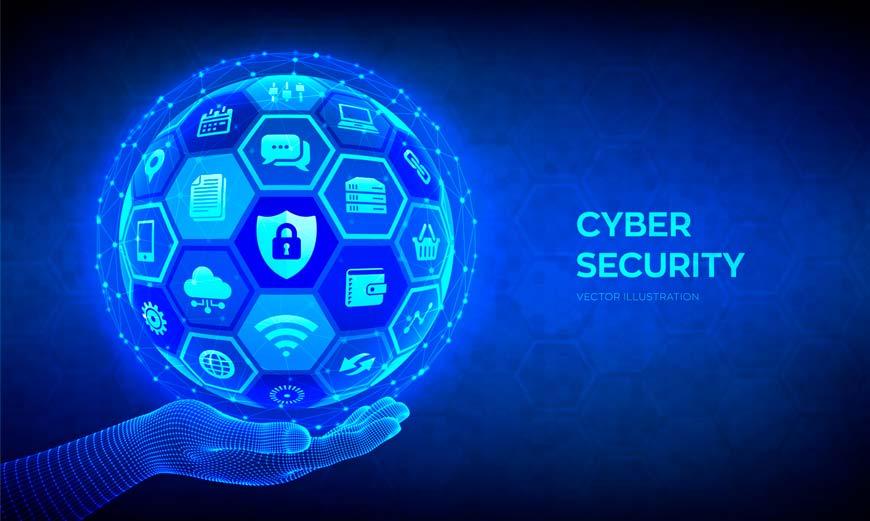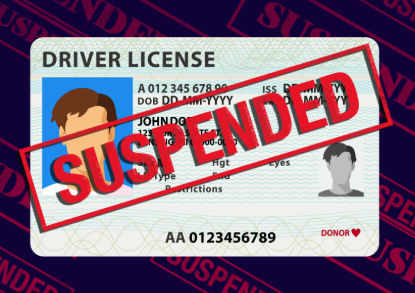This guide offers actionable cybersecurity advice to protect against identity theft, fraud, and digital threats in 2025.
1. Passwords Are Dead. Long Live Passphrases + Password Managers
Let’s face it: remembering 20+ passwords is impossible. Enter password managers (like **1Password**, **Bitwarden**, or **LastPass**). These tools generate and store ultra-secure passwords for you. Pro tip: Create passphrases instead of passwords. For example:
• “Purple$Rainbow2B!Secure” (weak) → “MyGoldenRetrieverLovesPineapplePizza@2024” (strong).
Use a mix of uppercase letters, numbers, and symbols, but prioritize length and memorability.
2. Enable Two-Factor Authentication (2FA) Everywhere
If your bank, email, or social media offers 2FA, *use it*. This adds an extra layer of protection by requiring a code from your phone or authentication app (like **Google Authenticator**) even if someone steals your password.
3. Keep Your Software Updated—Always
Outdated software is a hacker’s paradise. Turn on automatic updates for your OS, browser, and antivirus. Why? Bugs in old versions are often exploited in attacks. Bonus: Update your router firmware too—it’s the gateway to your entire home network.
4. Public Wi-Fi? Assume It’s Unsafe
Coffee shops, airports, and libraries are prime spots for hackers. Avoid logging into sensitive accounts (banking, email) on public networks. If you must, use a VPN (Virtual Private Network) like ProtonVPN or NordVPN to encrypt your connection.
5. Spot (and Stop) Phishing Scams
Phishing emails and texts are the #1 cause of breaches. Watch out for:
• Urgent language (“Your account will be closed!”).
• Suspicious links or attachments.
• Requests for personal info (Social Security numbers, passwords).
What to do: Delete the message. If unsure, contact the company directly via their official website or phone number.
6. Secure Your Home Network
Smart homes are convenient, but devices like cameras or thermostats can be hacked.
• Change your router’s default admin username/password.
• Set up a guest network for IoT devices (so hackers can’t access your main devices).
• Disable WPS (Wi-Fi Protected Setup) on your router—it’s a known vulnerability.
7. Privacy Settings: Don’t Be a Walking Target
Social media is a goldmine for identity thieves. Adjust settings to:
• Limit posts to “Friends” (not “Public”).
• Disable location tags in photos and profiles.
• Avoid oversharing personal details (birthdate, address, phone number).
8. Backup Your Data—And Store It Offline
Ransomware attacks encrypt your files and demand payment. Protect yourself by:
• Using cloud storage (Google Drive, Dropbox) with automatic backups.
• Keeping a physical backup (external hard drive or USB) in a safe place.
• Avoiding storing sensitive info solely on your laptop or phone.
9. Monitor Your Accounts for Fraud
Check bank statements, credit reports, and social media for unauthorized activity. Use free tools like:
• AnnualCreditReport.com (for free credit reports).
• Google Security Checkup (to review account permissions).
• Darkweb monitoring services (like **LifeLock**) to alert you if your info is leaked.
10. Teach Your Kids Cybersecurity Basics
Kids are online earlier than ever. Teach them:
• Never share passwords or personal info with strangers.
• Think before clicking links (even from friends).
• Use kid-friendly apps and parental controls (like **Google Family Link**).
Cybersecurity Is a Lifestyle, Not a One-Time Fix
The digital world evolves fast, so your security habits must too. Stay informed by following reputable sources like Cybersecurity & Infrastructure Security Agency (CISA) or **WIRED’s cybersecurity section**. By taking these steps, you’ll significantly reduce your risk of falling victim to cybercrime—protection is just a few clicks away.




